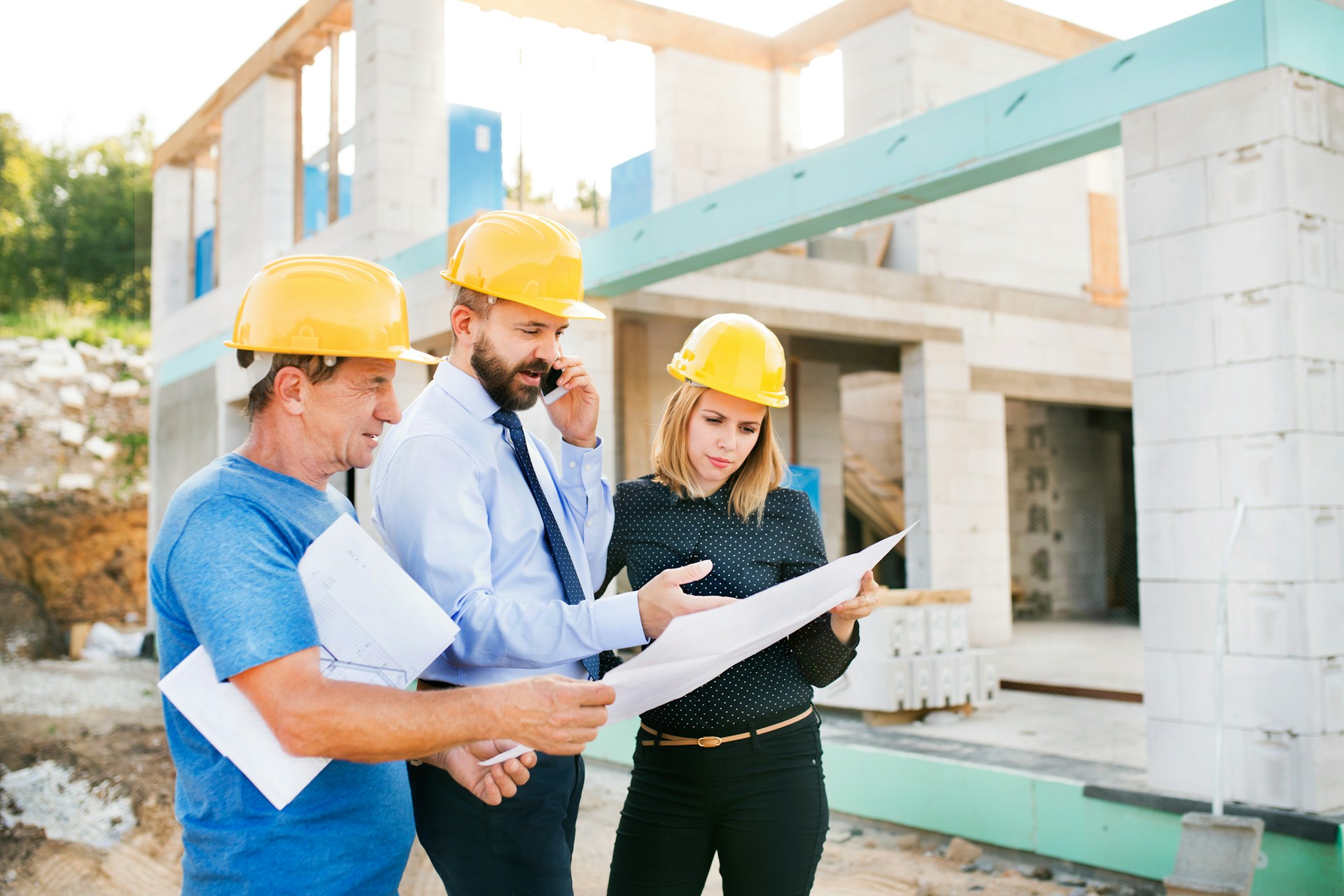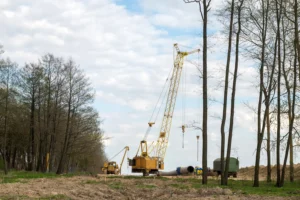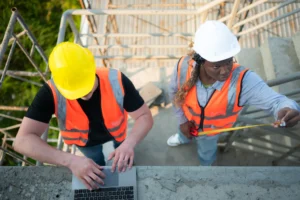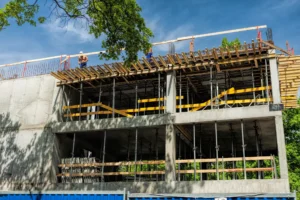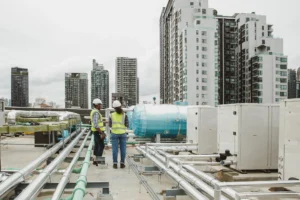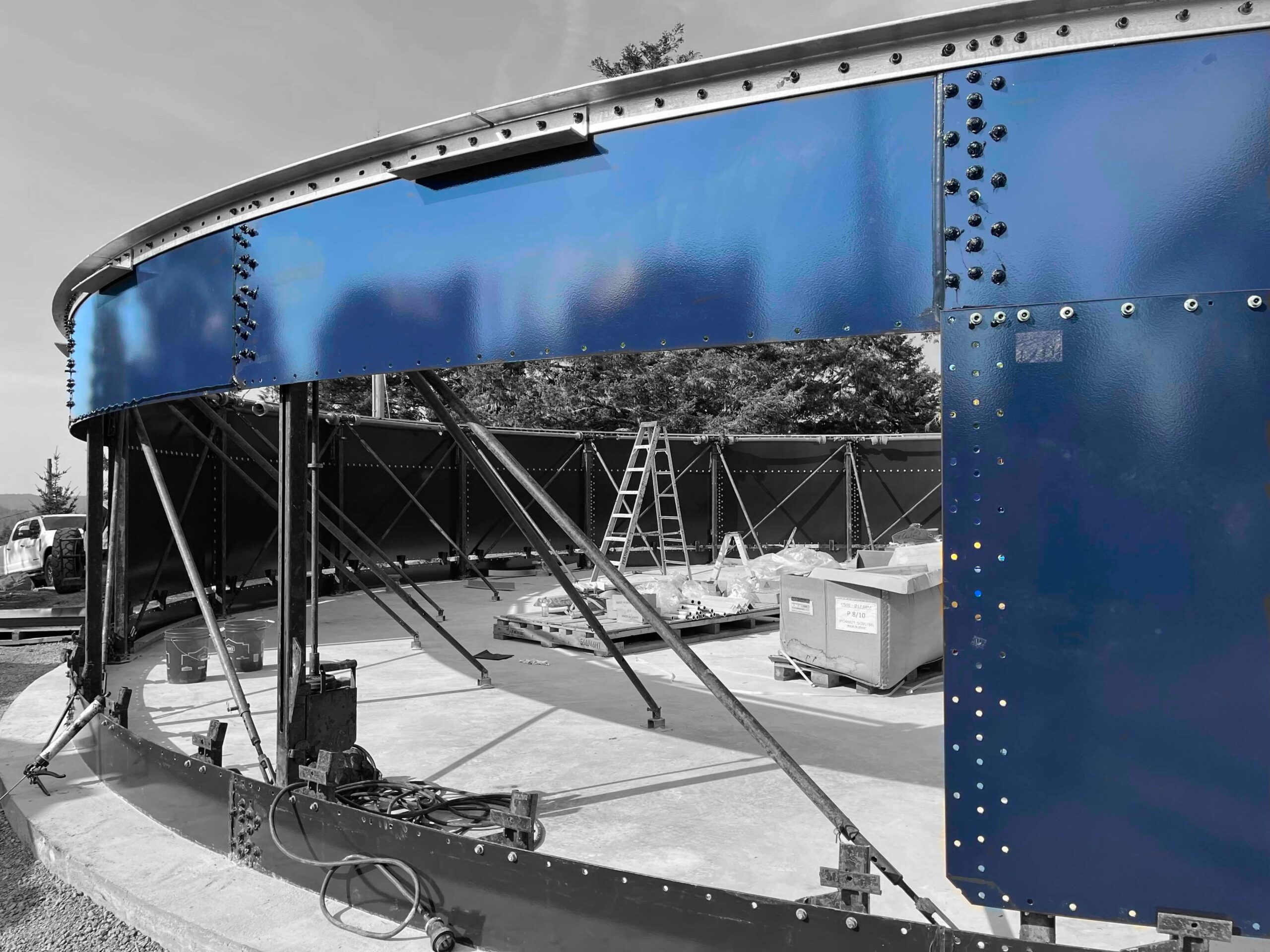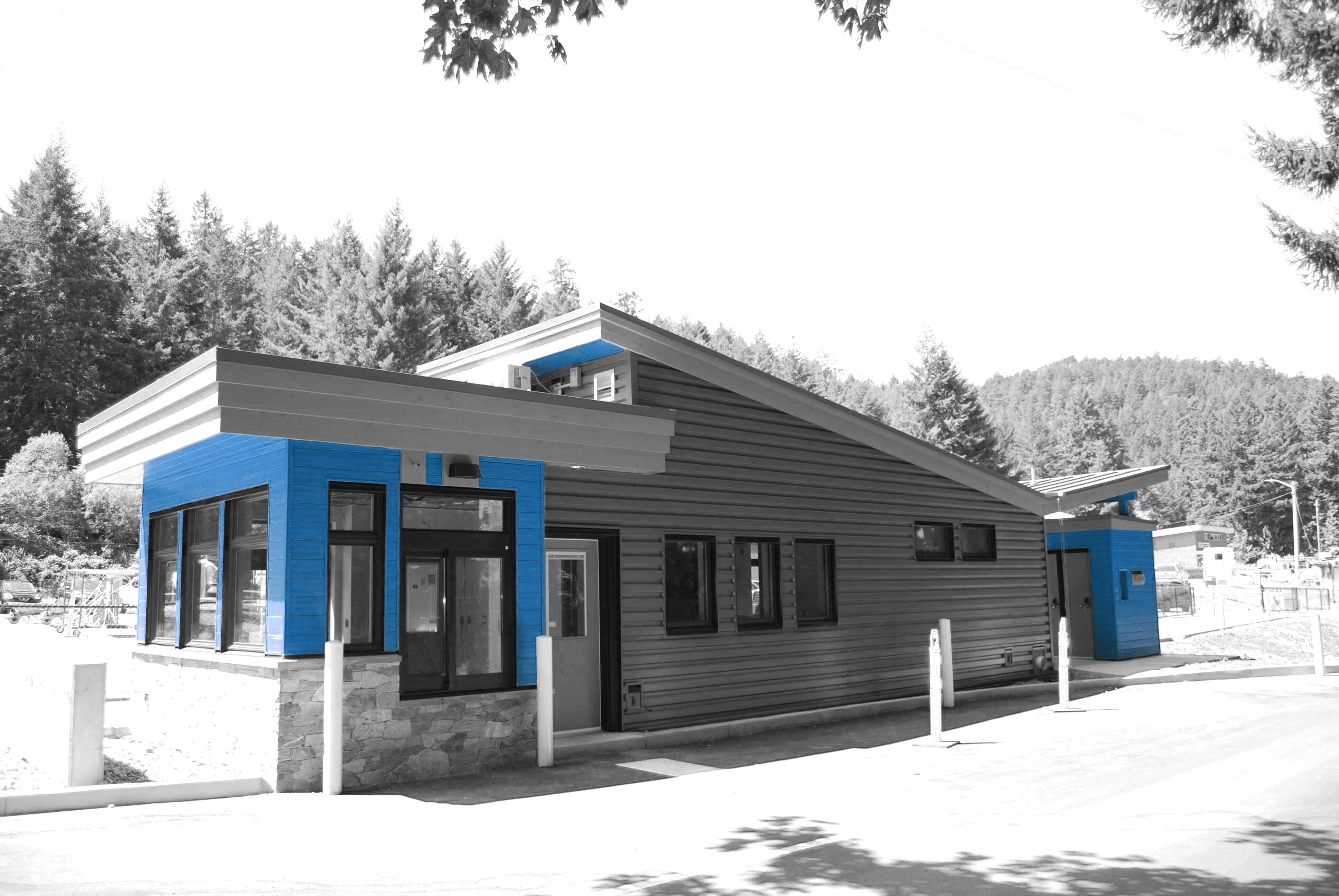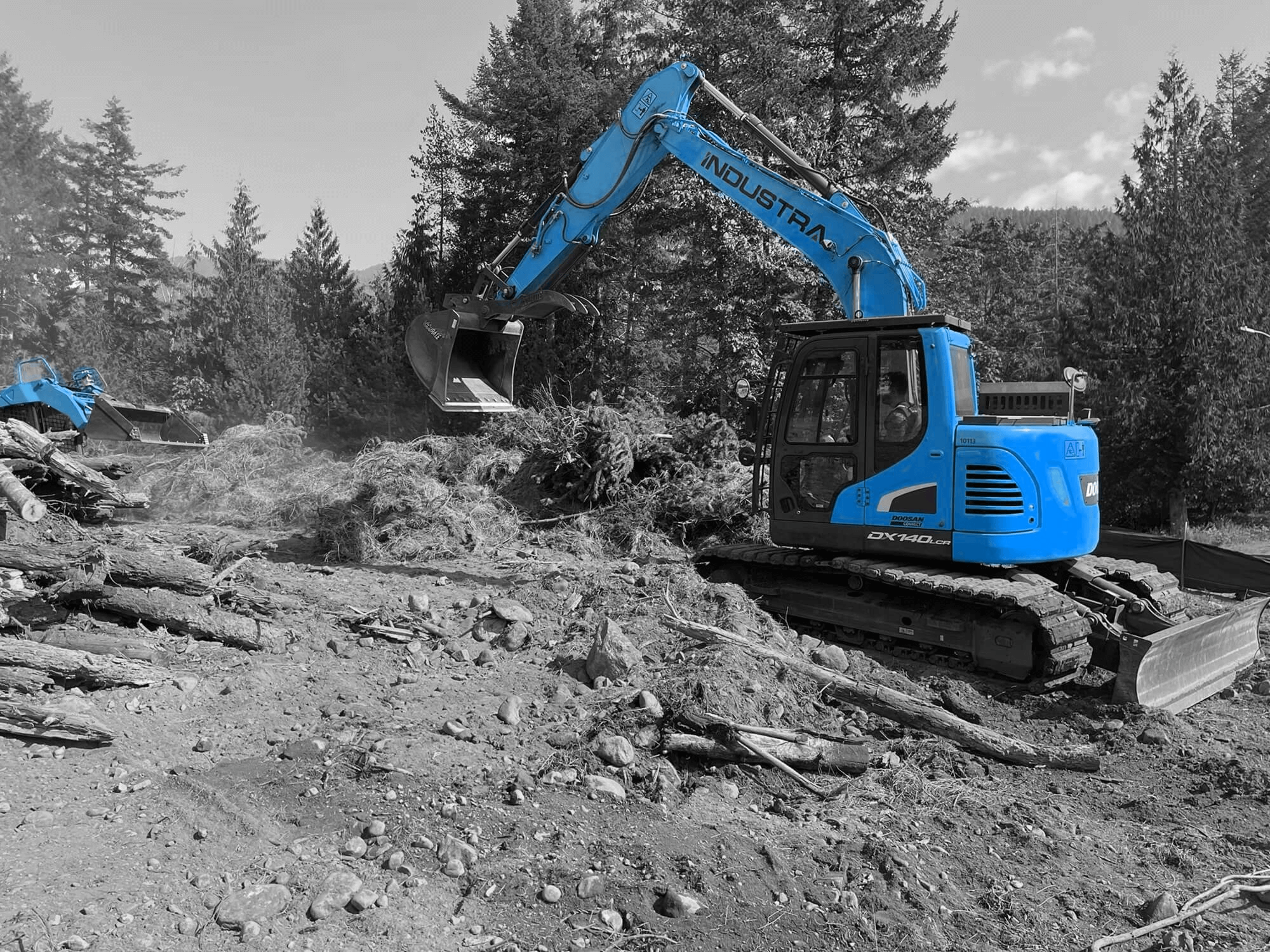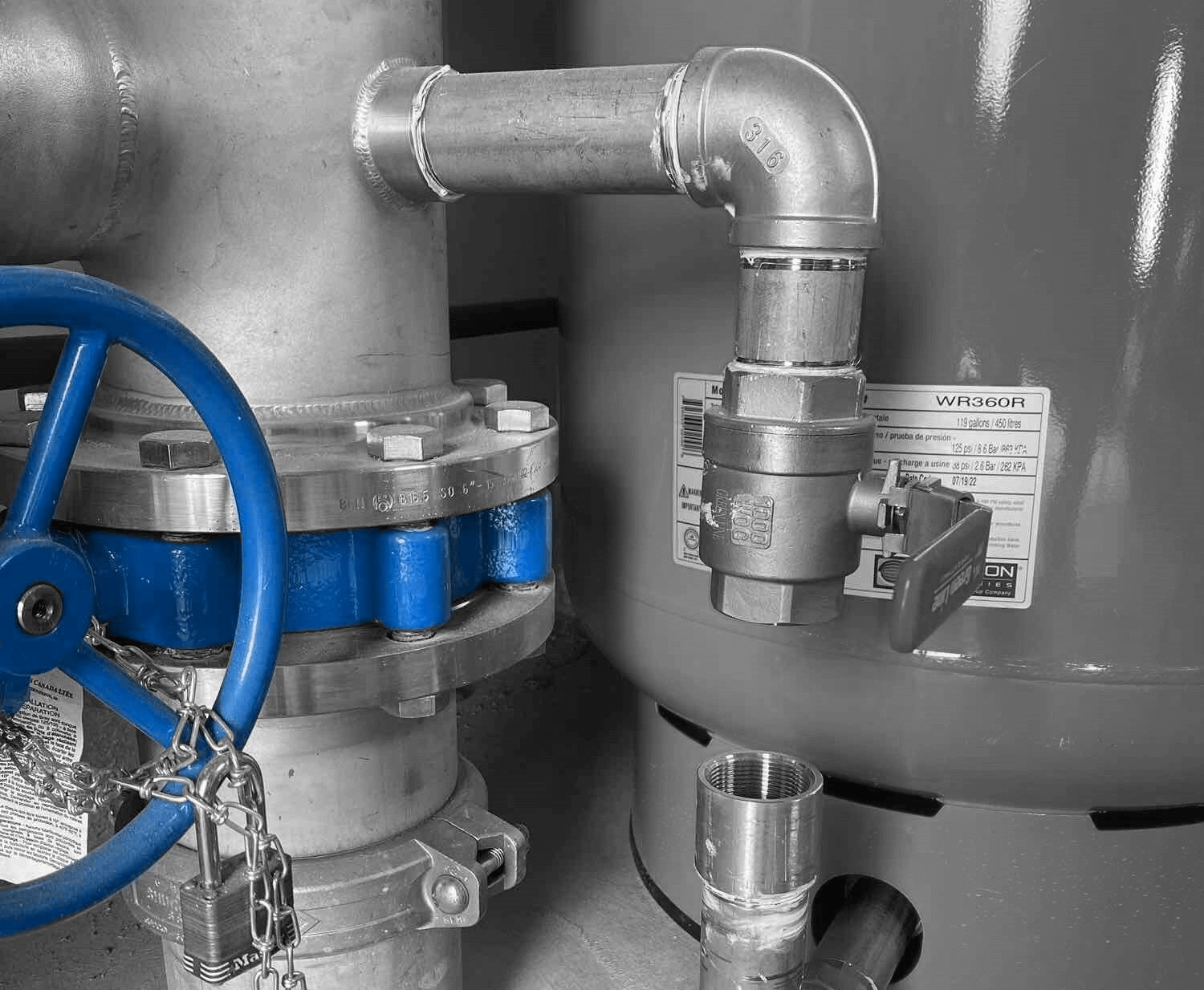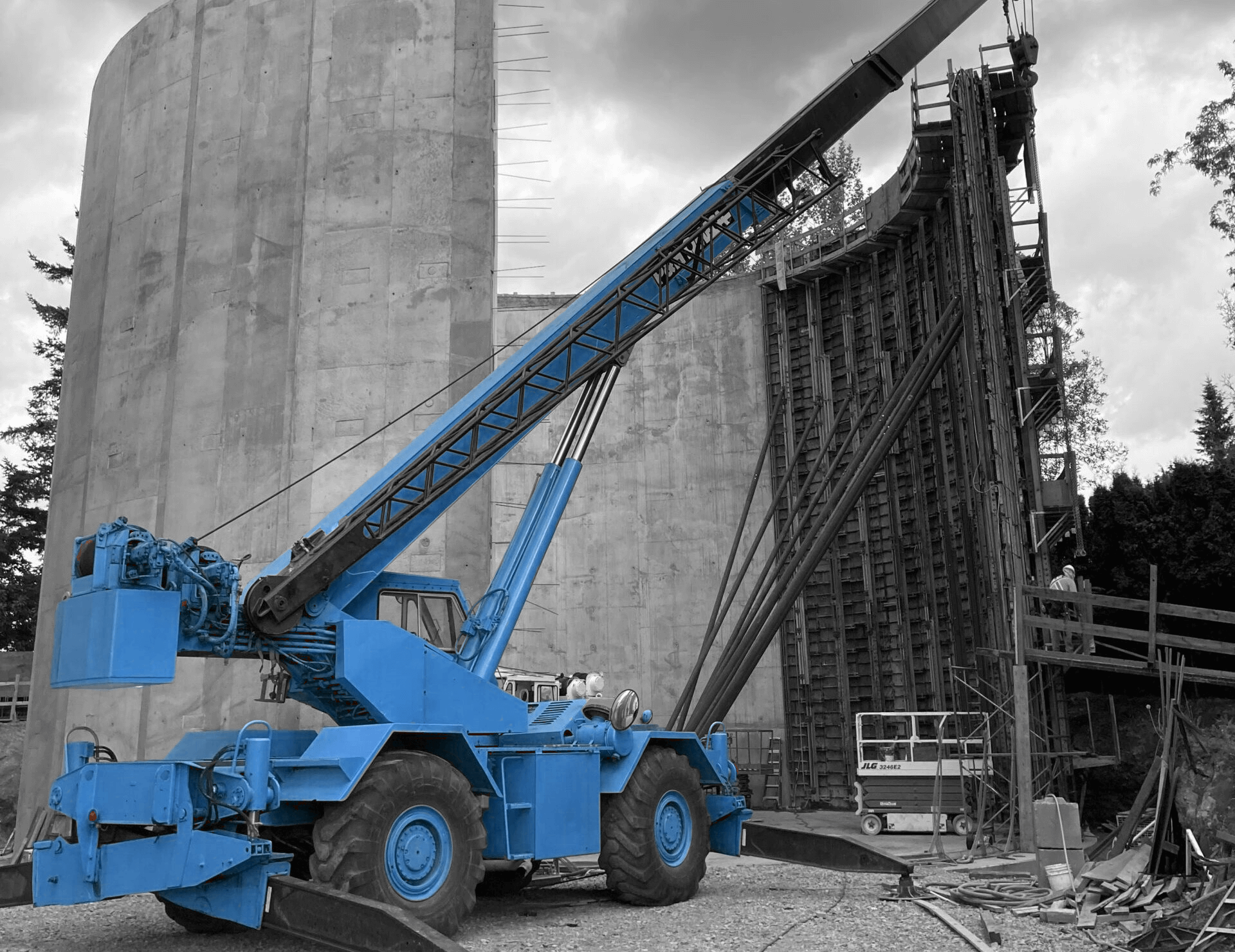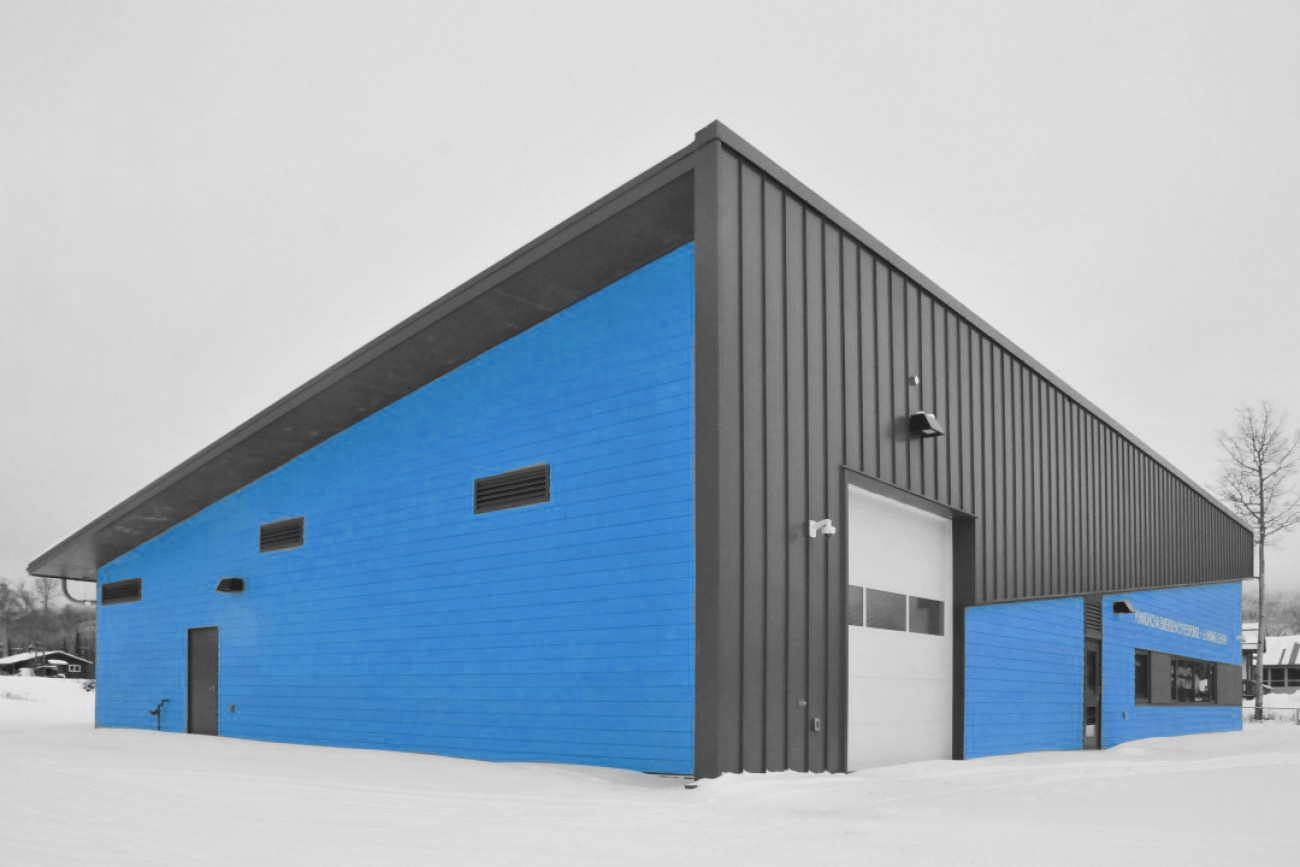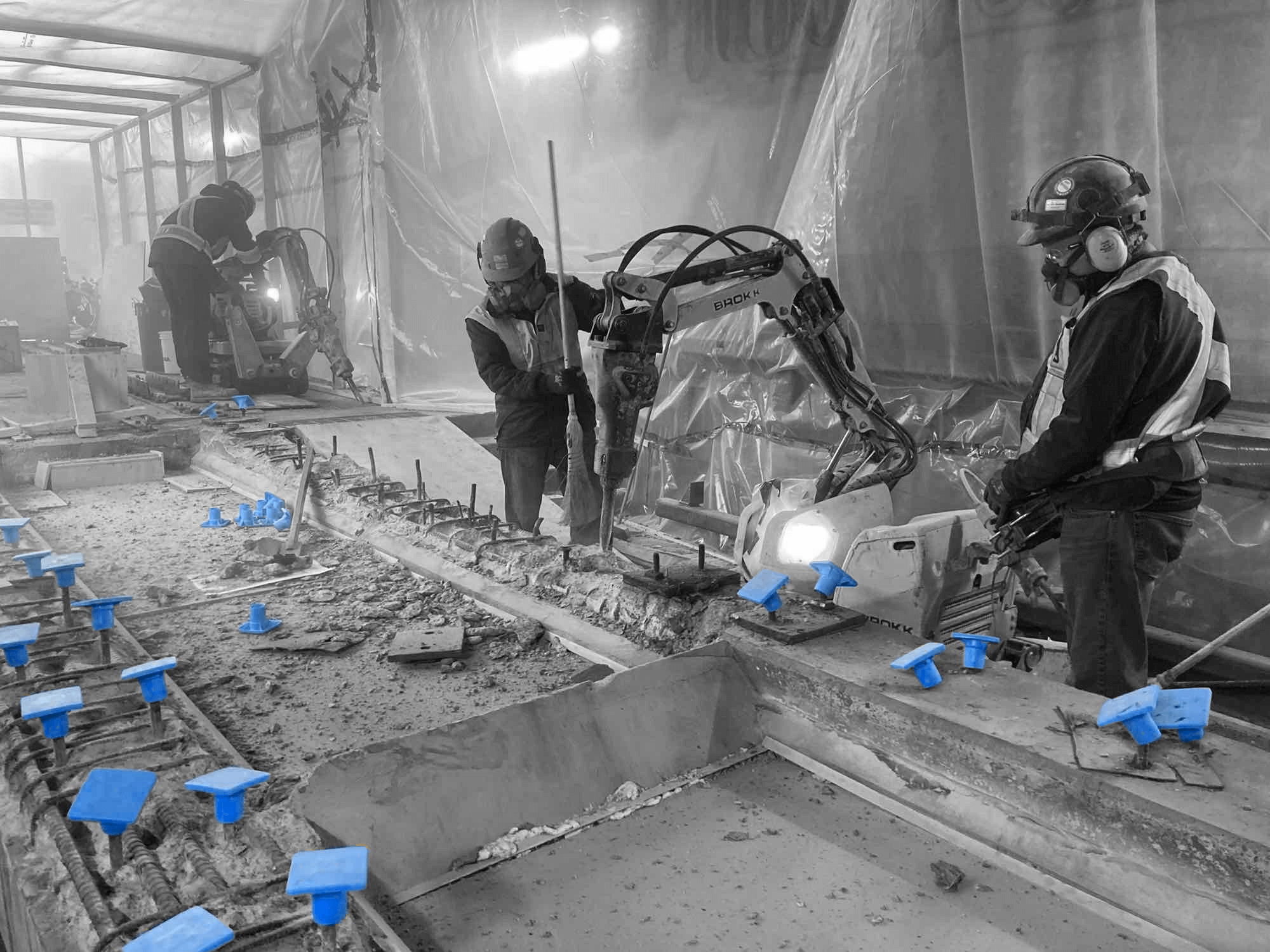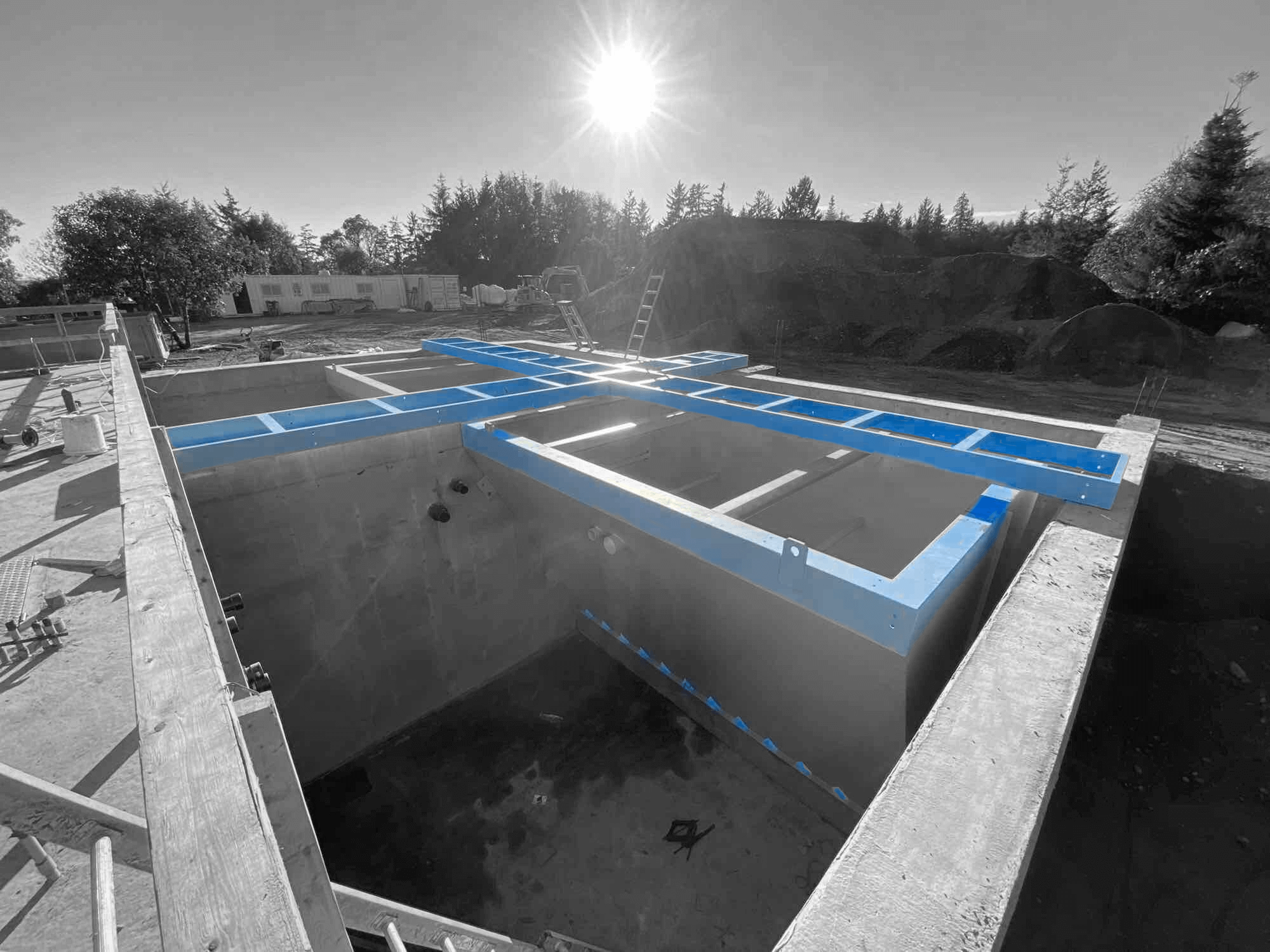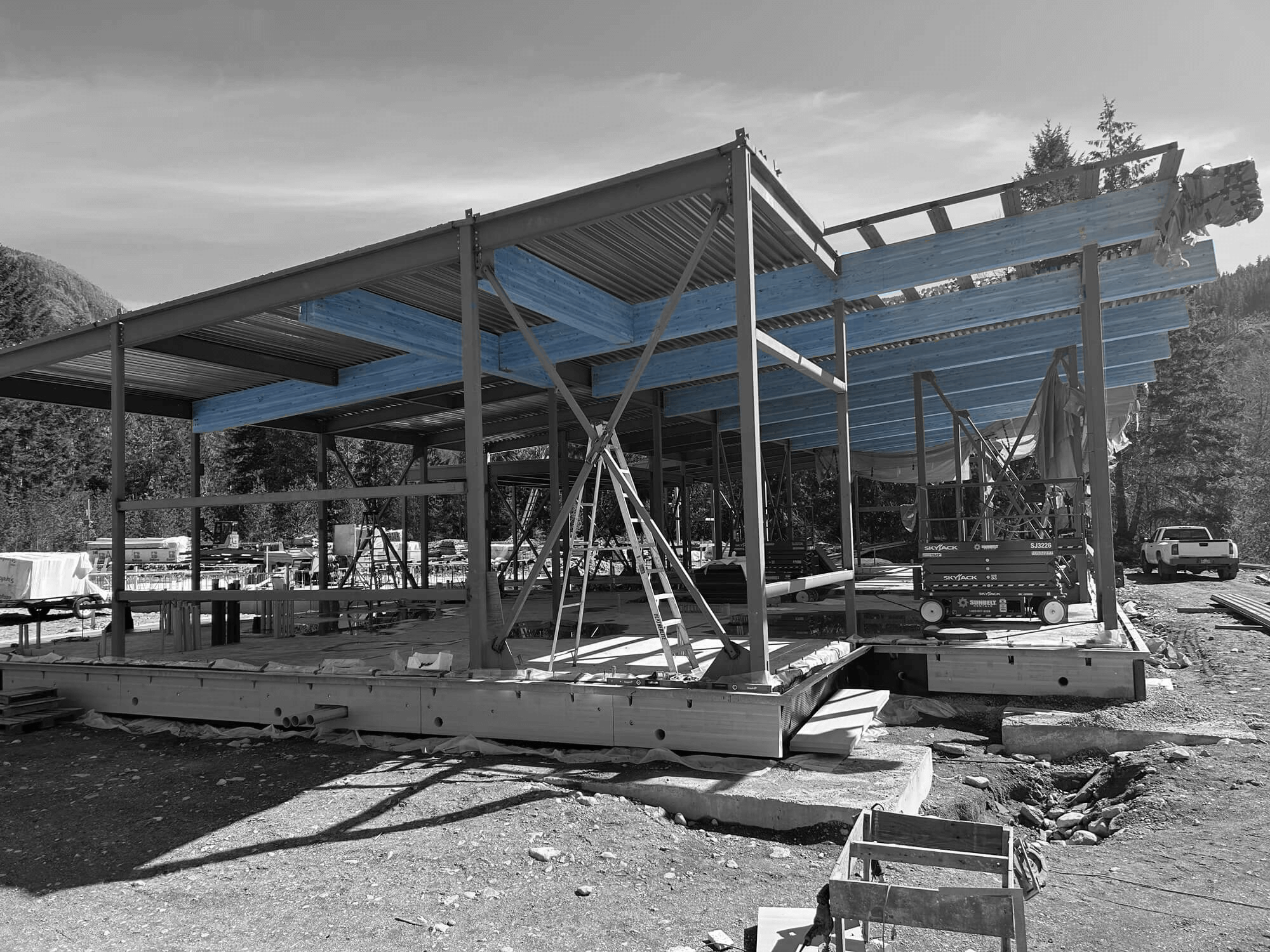Civil construction projects inevitably encounter soil-related issues that can throw a wrench in the works if not managed properly. From variability in soil types to unexpected wet conditions, the ground beneath a construction site can significantly impact project timelines and budgets. Handling these issues with insight and preparation is key to maintaining progress and ensuring the safety of structures built upon such foundations.
For civil constructors, it’s important to recognize common soil challenges early in the planning stages. This proactive approach allows for the implementation of solutions tailored to the specific needs of the site. By identifying potential problems beforehand, constructors can save time and resources while avoiding costly setbacks.
Understanding Common Soil Issues in Civil Construction
Soil issues in civil construction are a central concern because the soil acts as the foundation of any project. When soil consistency is poor, it can lead to instability, which compromises the safety and integrity of the entire structure. Common challenges include soil compaction problems, erosion, and water-related issues. These challenges can delay projects, increase costs, and, in severe cases, jeopardize structural safety.
For instance, picture starting a road construction project in a location prone to frequent rain. Without the right precautions, soil erosion might become a significant hurdle, washing away critical underlayers and requiring rework. Such issues emphasize the need for thorough site assessments and tailored solutions in both the planning and execution phases of construction.
Identifying Poor Soil Compaction
Poor soil compaction is one of the most frequent issues civil constructors face. It occurs when soil particles aren’t packed tightly together, leading to excessive settling once structures are built. Recognizing the signs of poor compaction is essential for preventing serious complications down the road.
One clear sign of poor soil compaction is surface depressions or uneven settling. On a construction site, you might notice parts of the land that appear sunken or irregular. This contributes to an uneven foundation and can lead to structural weaknesses. Moreover, structures built on inadequately compacted soil may experience increased movement, creating long-term maintenance challenges.
To improve soil compaction, constructors can employ several methods:
– Using proper equipment: Equipment like rollers and compactors can enhance soil density by applying pressure.
– Moisture control: Adjusting the water content in the soil to optimal levels can improve compaction effectiveness.
– Layered compaction: Compacting soil in thin layers (or lifts) allows for a more even and thorough compaction process.
By addressing poor soil compaction early, construction projects can avoid unnecessary delays and ensure a stable foundation for future developments.
Dealing with Soil Erosion
Soil erosion presents a significant challenge on construction sites, especially in areas exposed to heavy rain and wind. When the topsoil washes away, it can destabilize the foundation, complicating the construction process. If left unchecked, erosion can significantly alter the landscape of a project site, leading to further delays and increased workloads.
To tackle this issue effectively, constructors need to put measures in place that prevent soil from being carried away. Here’s how you can mitigate soil erosion:
1. Ground covers: Utilizing vegetation like grass or shrubs holds the soil in place and prevents it from being washed away.
2. Erosion control mats: These synthetic coverings are placed on slopes to protect soil during rainfall.
3. Silt fences: These barriers catch sediment on construction sites, especially around drainage areas.
Preventive measures should commence as soon as possible to safeguard the site’s integrity. By securing the soil early, you minimize potential disruptions to your construction timeline.
Managing High Water Table Issues
Handling high water table levels is another hurdle for constructors. A high water table means the groundwater is close to the surface, which can lead to flooding or soil instability. This is an issue you can’t overlook, as ignoring it might cause severe damage to structures over time.
Managing a high water table involves several strategies:
– Pumping: Regularly removing excess water from the site using pumps can keep the water table lower.
– Drainage systems: Proper drainage installation can reroute water away from the construction area.
– Sealants: Applying waterproof barriers to foundational areas prevents moisture infiltration.
Managing high water tables requires ongoing attention; a single rainfall could change the dynamics, impacting the entire project if not managed well.
Handling Expansive and Shrink-Swell Soils
Expansive soils, commonly known as shrink-swell soils, pose a unique challenge. They expand when wet and shrink when dry, causing structural instability. Recognizing this can be a game-changer because early intervention can save projects from costly repairs.
To deal with these soils, constructors can:
– Undertake soil stabilization: Techniques such as replacing problematic soil or mixing it with stabilizers can reduce its expansion potential.
– Moisture control: Installing barriers to keep water away from the soil can significantly lessen shrink-swell cycles.
These steps aren’t just solutions; they’re investments in the project’s durability. When managed correctly, they help ensure structures remain unshaken by these temperamental soils.
Ensuring Project Success Despite Soil Challenges
Success in civil construction hinges on preparation and informed management of soil issues. Recognizing potential soil problems early and implementing strategic solutions paves the way for smooth project progress and structural integrity. Each site is unique, and so are the challenges it presents. Flexibility and tailoring approaches to specific conditions can often spell the difference between project chaos and completion.
Proactive efforts by constructors to address soil-related concerns at the onset can prevent more significant problems down the line. This attention to foundational detail reflects a commitment to quality, safety, and long-term success on each project.
If you are looking for expert help in navigating soil-related construction challenges, trust Industra Construction Corp. to deliver proven solutions. Learn how partnering with a skilled civil constructor can ensure your projects have a solid foundation and stay on schedule while avoiding costly setbacks. Let us help you build with confidence, no matter the soil conditions.


